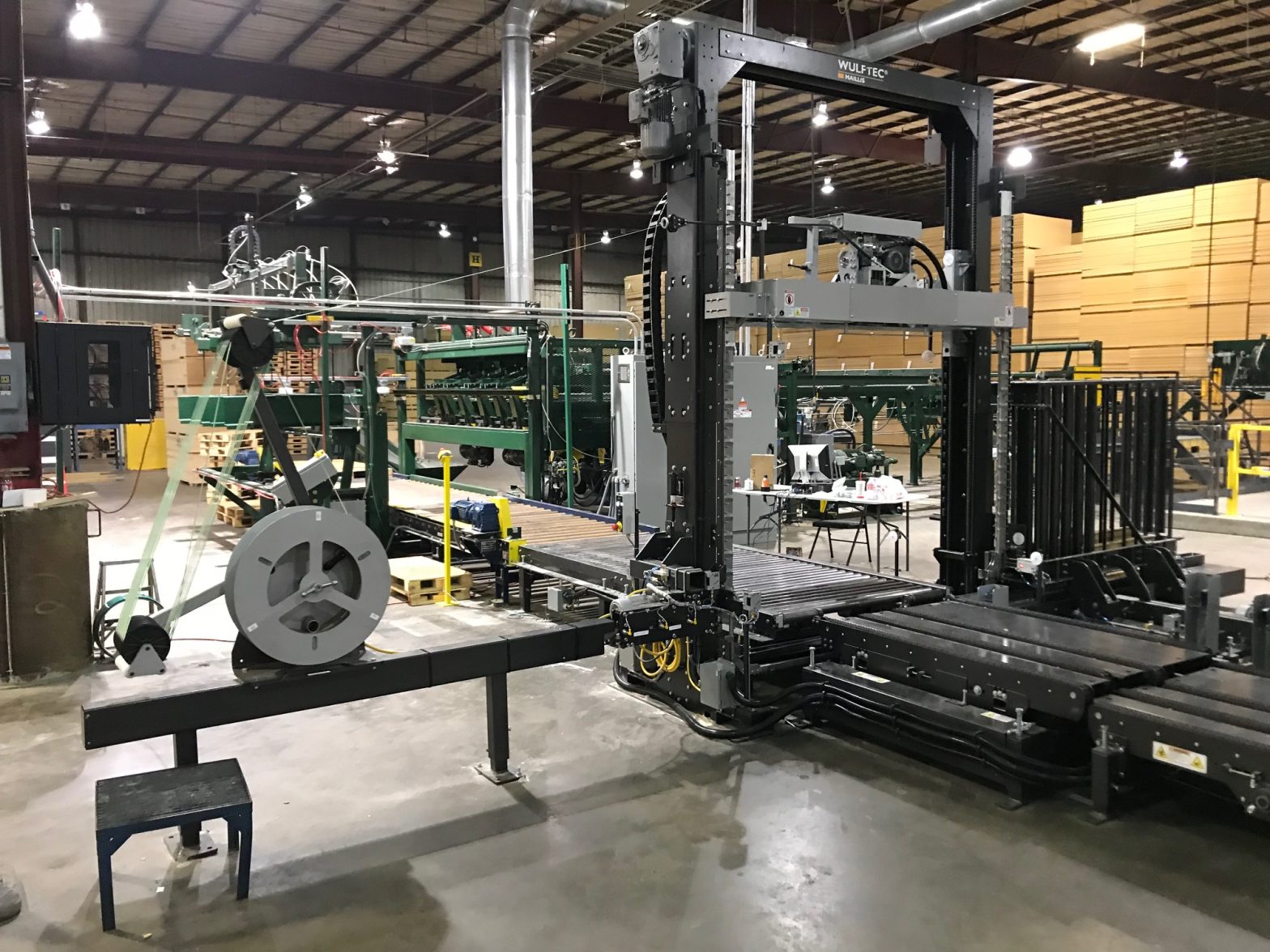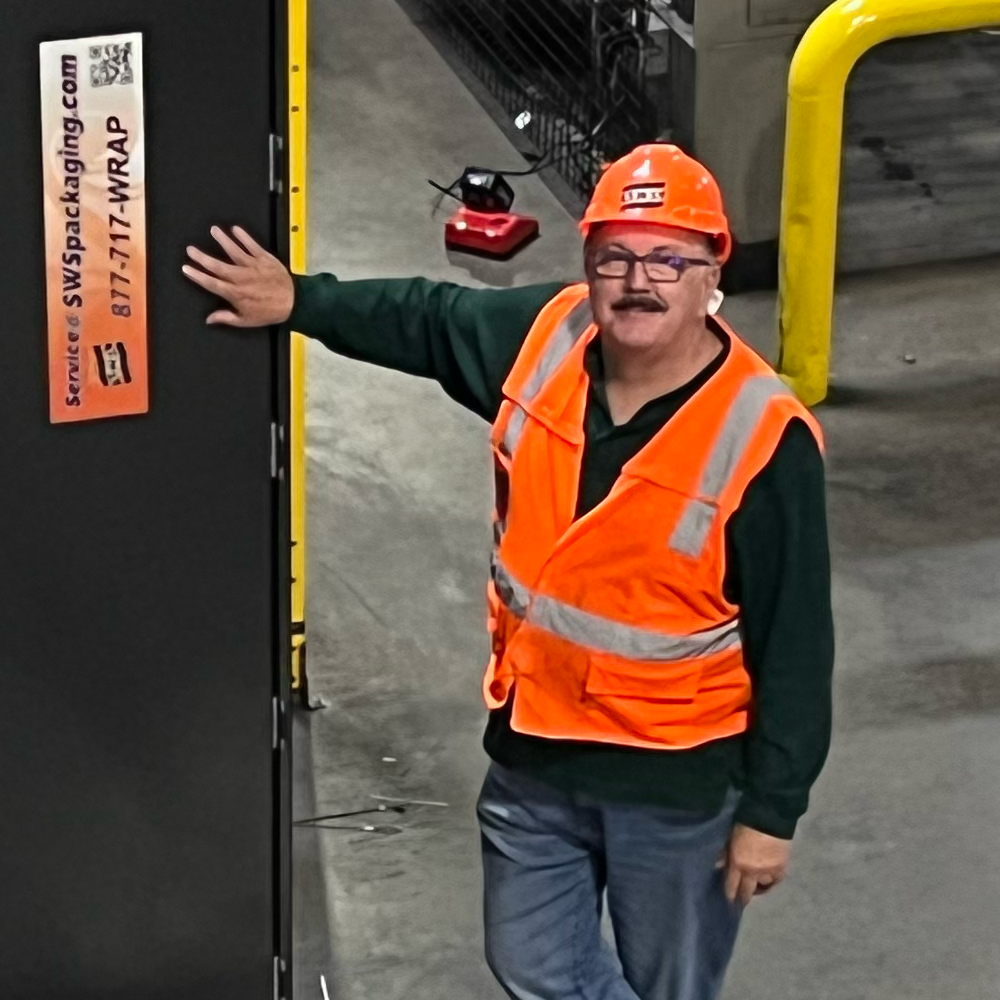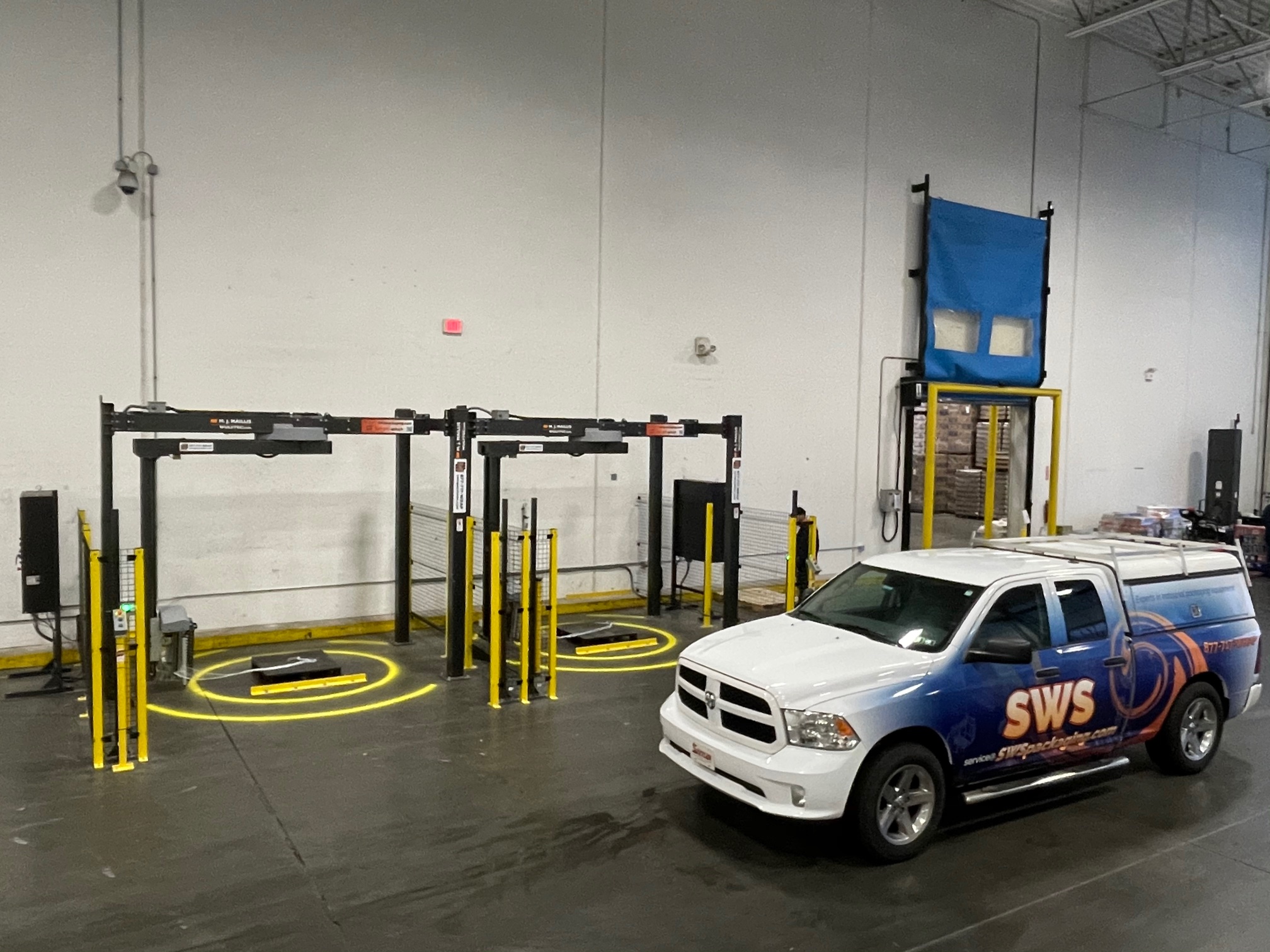The use of strapping is a common practice in the shipping and packaging industries, as it ensures that products remain secure and safe during transport. Strapping is the process of using a strong and durable material to tightly bind goods and pallets together, preventing any damage or movement during transit. In this essay, we will explore the different types of strapping materials, methods, and equipment used in the industry, as well as the potential savings that can be achieved by switching to automated strapping machines.
Strapping is available in a variety of materials, including steel, polyester, and polypropylene. Each material has its own unique properties, advantages, and disadvantages. Steel strapping is strong and durable, making it ideal for securing heavy-duty goods, but it is also expensive and prone to rust. Polyester strapping is a popular choice due to its high tensile strength and low stretchability, but it is not as strong as steel and is susceptible to UV degradation. Polypropylene strapping is a more cost-effective option that is lightweight and easy to handle, but it is not as strong as steel or polyester and may not be suitable for heavy-duty applications.
There are also different types of strapping, such as regular duty, heavy duty, and extra-heavy duty. Regular duty strapping is commonly used for light to medium-duty applications, while heavy-duty strapping is used for more robust packaging needs, such as pallets of lumber or heavy machinery. Extra-heavy duty strapping is the strongest type and is used for the heaviest and most cumbersome loads.
The method of applying strapping can vary depending on the needs of the application. Manual strapping, where the strapping is applied by hand, is a common method, but it can be time-consuming and physically demanding. To apply strapping manually, the strapping is wrapped around the goods or pallet and tensioned by hand or with a tensioner tool, then secured with a metal or plastic buckle. This method can be effective for low-volume applications, but for larger volumes, an automated strapping machine can significantly increase efficiency and reduce labor costs.
Automated strapping machines come in a variety of types, including semi-automatic and fully automatic. Semi-automatic machines require some manual input, such as feeding the strapping through the machine and pressing a button to apply the strapping. Fully automatic machines do not require any manual input, as they automatically feed, tension, and seal the strapping. These machines can be integrated with stretch wrappers to provide a comprehensive and efficient packaging solution.
The benefits of automated strapping machines are significant, particularly for businesses that require high volumes of strapping on a daily basis. Automated machines are faster, more consistent, and less labor-intensive than manual methods. They can also reduce waste by using precisely the right amount of strapping, reducing the need for excess strapping material.
Hand strapping can be an inefficient and costly process for businesses, particularly when considering the long-term costs over multiple years. Let’s use the same hypothetical business example of a company needing to strap 60 pallets per day, with each pallet taking 1.75 minutes to strap. If we assume a minimum wage of $20 per hour and 250 working days in the year, we can calculate the cost of labor to strap 60 pallets per day as follows:
- 60 pallets x 1.75 minutes per pallet = 105 minutes total labor per day
- 105 minutes x $20 per hour / 60 minutes = $35 labor cost per day
Extrapolating this example to each week, month, quarter, year, and decade can help to highlight the potential costs of hand strapping over time:
- Weekly cost: $35 x 5 days = $175
- Monthly cost: $35 x 20 days = $700
- Quarterly cost: $700 x 3 months = $2,100
- Yearly cost: $35 x 250 working days = $8,750
So the cost of labor for hand strapping 60 pallets per day for a year is $8,750. Extrapolating this to a decade, the cost would be $87,500 – and significantly higher if you have weekend shifts.
Given the potential costs of hand strapping, most businesses would benefit from switching to an automated strapping system. Some systems are stretch wrapper and strapper combination machines, which can wrap and strap a pallet in seconds, compared to the minutes it takes to do so by hand. While the initial investment in such a machine may be high, the long-term cost savings in labor and increased efficiency can be significant, making it a cost-effective choice for a wide range of companies.










